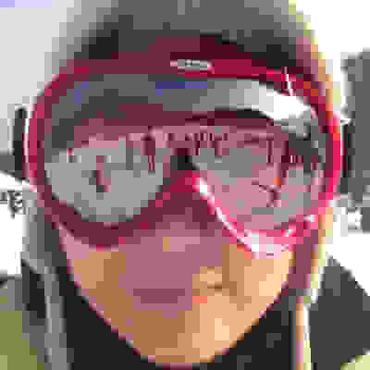Image Restoration
464 papers with code • 1 benchmarks • 12 datasets
Image Restoration is a family of inverse problems for obtaining a high quality image from a corrupted input image. Corruption may occur due to the image-capture process (e.g., noise, lens blur), post-processing (e.g., JPEG compression), or photography in non-ideal conditions (e.g., haze, motion blur).
Libraries
Use these libraries to find Image Restoration models and implementationsDatasets
Subtasks
Most implemented papers
Noise2Noise: Learning Image Restoration without Clean Data
We apply basic statistical reasoning to signal reconstruction by machine learning -- learning to map corrupted observations to clean signals -- with a simple and powerful conclusion: it is possible to learn to restore images by only looking at corrupted examples, at performance at and sometimes exceeding training using clean data, without explicit image priors or likelihood models of the corruption.
Image Restoration Using Convolutional Auto-encoders with Symmetric Skip Connections
In this work, we propose a very deep fully convolutional auto-encoder network for image restoration, which is a encoding-decoding framework with symmetric convolutional-deconvolutional layers.
Deep Image Prior
In this paper, we show that, on the contrary, the structure of a generator network is sufficient to capture a great deal of low-level image statistics prior to any learning.
Learning Enriched Features for Real Image Restoration and Enhancement
With the goal of recovering high-quality image content from its degraded version, image restoration enjoys numerous applications, such as in surveillance, computational photography, medical imaging, and remote sensing.
Restormer: Efficient Transformer for High-Resolution Image Restoration
Since convolutional neural networks (CNNs) perform well at learning generalizable image priors from large-scale data, these models have been extensively applied to image restoration and related tasks.
SwinIR: Image Restoration Using Swin Transformer
In particular, the deep feature extraction module is composed of several residual Swin Transformer blocks (RSTB), each of which has several Swin Transformer layers together with a residual connection.
Simple Baselines for Image Restoration
Although there have been significant advances in the field of image restoration recently, the system complexity of the state-of-the-art (SOTA) methods is increasing as well, which may hinder the convenient analysis and comparison of methods.
The 2018 PIRM Challenge on Perceptual Image Super-resolution
This paper reports on the 2018 PIRM challenge on perceptual super-resolution (SR), held in conjunction with the Perceptual Image Restoration and Manipulation (PIRM) workshop at ECCV 2018.
EnlightenGAN: Deep Light Enhancement without Paired Supervision
Deep learning-based methods have achieved remarkable success in image restoration and enhancement, but are they still competitive when there is a lack of paired training data?
CycleISP: Real Image Restoration via Improved Data Synthesis
This is mainly because the AWGN is not adequate for modeling the real camera noise which is signal-dependent and heavily transformed by the camera imaging pipeline.

 SIDD
SIDD
 CBSD68
CBSD68
 Raindrop
Raindrop
 PIRM
PIRM
 TinyPerson
TinyPerson
 Real Rain Dataset
Real Rain Dataset
 UHDM
UHDM
 Fingerprint inpainting and denoising
Fingerprint inpainting and denoising

